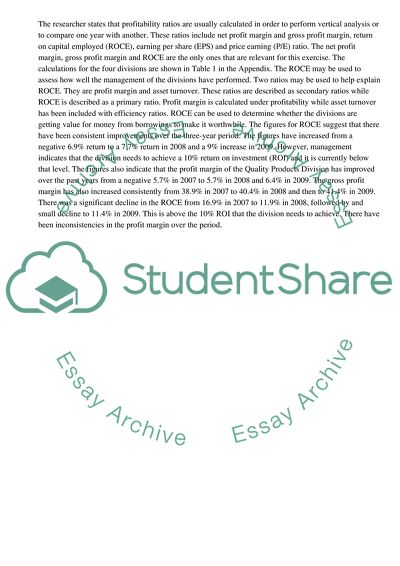Cite this document
(Ratios of the Jools Furniture Company Assignment - 2, n.d.)
Ratios of the Jools Furniture Company Assignment - 2. Retrieved from https://studentshare.org/management/1750395-finance-for-managers
Ratios of the Jools Furniture Company Assignment - 2. Retrieved from https://studentshare.org/management/1750395-finance-for-managers
(Ratios of the Jools Furniture Company Assignment - 2)
Ratios of the Jools Furniture Company Assignment - 2. https://studentshare.org/management/1750395-finance-for-managers.
Ratios of the Jools Furniture Company Assignment - 2. https://studentshare.org/management/1750395-finance-for-managers.
“Ratios of the Jools Furniture Company Assignment - 2”, n.d. https://studentshare.org/management/1750395-finance-for-managers.


